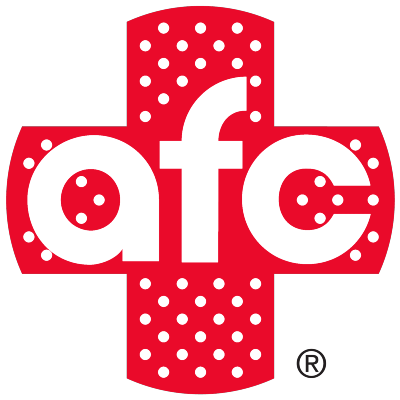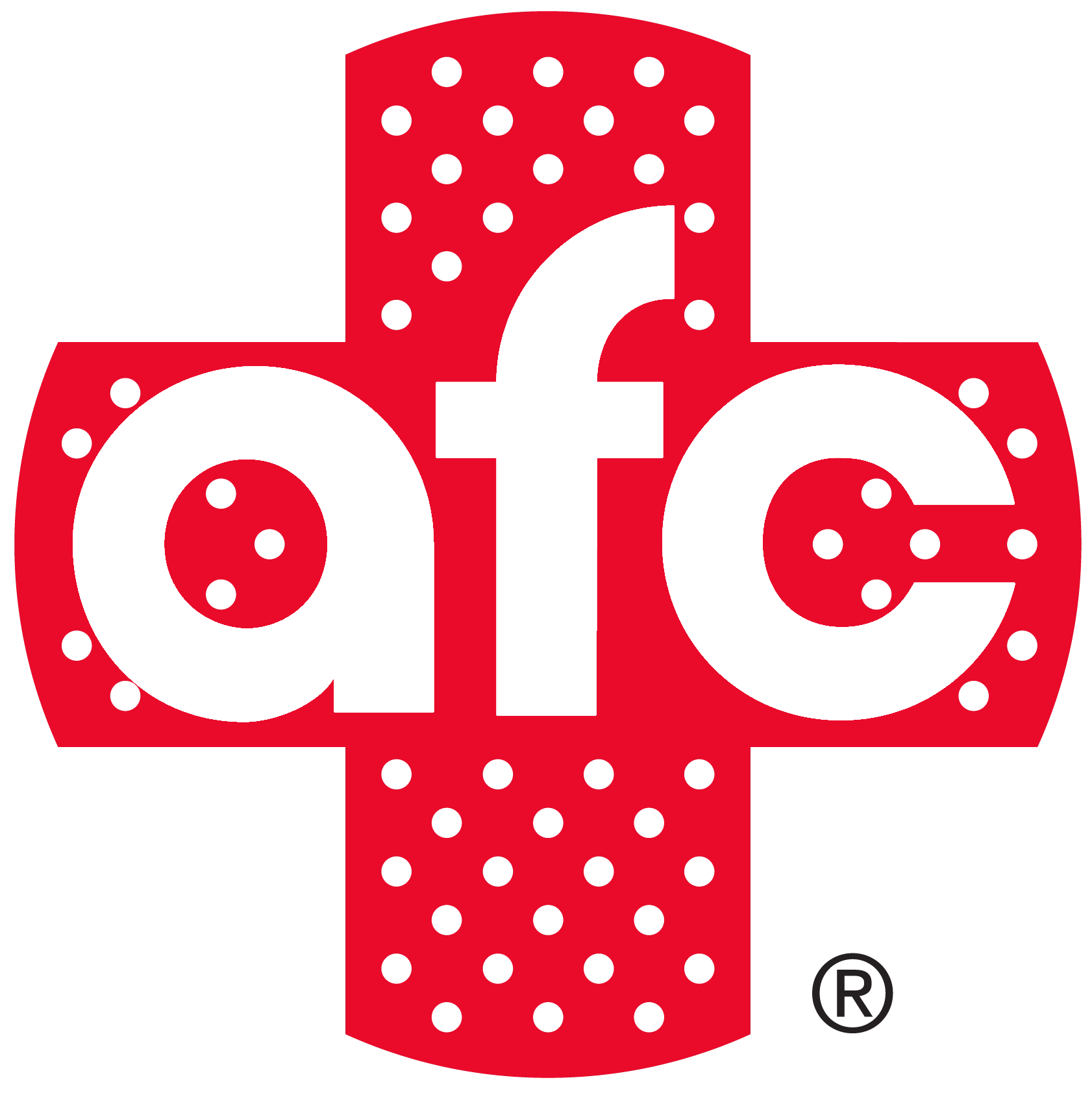Find The Location Nearest Covid-19 Testing
We think you’re located in zip code . Not Right?
TB Testing at AFC Urgent Care
What is tuberculosis?
Tuberculosis is caused by a bacterial infection that can cause a severe respiratory disease. Also known as TB, it is often associated with a disease impacting a person's lungs. However, it can also infect any other part of the body. It can also attack the spine, brain, and the kidneys. This bacteria can spread through the air from person to person and can be fatal if left untreated.
What are the symptoms I might experience if I have tuberculosis?
Some symptoms of a possible tuberculosis infection include:
- Night Sweats
- Chest Pain
- Fatigue
- Weakness
- Loss of appetite
- Fevers
- Chills
- Unexplained weight loss
- Coughing blood
- A severe cough that lasts longer than two weeks
However, not all people who are infected with TB show symptoms. The World Health Organization estimates that 25% of the world's population has been exposed to or infected by TB bacteria. However, of that quarter of the world's population, only 5% to 10% will develop symptoms. Asymptomatic infections can still infect others. TB is curable, so screening is vital to catch anyone who may be infected but not show any symptoms.
How does someone become infected with tuberculosis?
TB is transmitted by bacteria from person to person via air. If someone breathes in air from someone infected with TB, they can become infected. However, as mentioned above, it should be essential to remember that not everyone who inhales TB and becomes infected will get sick.
In many cases, someone who breathes in the TB bacteria can fight off the infection naturally, stop the bacteria from growing, and prevent symptoms from developing. However, even if the bacteria is beaten back and becomes inactive, it will remain in the body. This bacteria can become active later and is known as a latent TB infection.
Who is at a higher risk for tuberculosis?
Anyone can become infected with TB, but some people may have a higher risk of becoming infected and developing symptoms. You might have a higher risk if:
- You have a weakened immune system due to disease or medical treatment.
- You work or live in an area with a high rate of TB infection.
- You work in healthcare and interact with patients who have a TB infection.
- You were recently exposed to someone with an active TB infection
- You had an active tuberculous infection within the last two years.
Regular screening for TB is the best way to be free of infection and catch this treatable disease.
What are the testing options for TB at AFC Urgent Care?
Our state-of-the-art urgent care center has two available tests to detect TB bacteria in a patient's body. The first is the TB skin test (TST), which many patients have experienced. The other kind of test is a TB Blood Test. A TB Skin Test is an excellent screening tool to determine if a patient has been infected with TB, but it does not tell a provider everything they need to know. A TB Skin Test will not tell our providers if a patient has a latent TB infection or if it has progressed to a more severe TB disease. A positive skin test will usually result in a chest x-ray. The x-ray and other follow-up tests are needed to determine the progress and severity of their TB disease.
What is a TB Skin Test or a PPD Test?
Patients can be confused by a TB Skin Test because it has many different names, and they can be interchangeable. Some common names for a TB Skin Test include:
- PPD
- TST
- Tuberculin Skin Test
- Mantoux Tuberculin Skin Test
Regardless of the name, a TB Skin test requires two visits to AFC Urgent Care. During the first visit, one of our staff members will inject a patient with a solution to begin the test. Then, the patient must return later to have that test read by a provider to determine the results.
What should a patient expect the process of a TB Skin Test to be like?
Generally, when a patient comes in for a TB Skin Test, the following will happen:
- One of our providers or staff members will inject a small amount of fluid called tuberculin into the skin on the lower part of a patient's arm.
- The fluid must be given time to react to a possible infection, so a patient must return within 48 to 72 hours to have their test read by a professional.
- Judging by the swelling, hardness of the area, and how much the skin has been raised, our staff will be able to determine if a TB infection exists.
- If the test comes back positive, additional tests will be needed to determine if it is a latent infection or a TB disease.
What is a TB Blood test?
The FDA approves two TB blood tests in the United States: QuantiFERON®-TB Gold Plus (QFT-Plus) and the T-SPOT® TB test (T-Spot). These tests involve one of our staff members taking a blood draw and testing it for signs of a TB infection. Like a skin test, a positive result means a TB infection exists, but additional testing is needed to determine if it is a latent TB disease.
TB blood tests are generally recommended for patients who have received a TB vaccine or for patients who could not come back within 48 to 72 hours to have their skin test read.
What is the QuantiFERON Gold Plus TB test?
This blood test is a suggested alternative to a traditional TB Skin Test requiring two office visits. This test is faster and is often the preferred choice of employers who need quick and reliable results before someone can begin employment. This test may also be recommended if a patient is vaccinated for TB or has had multiple skin tests. Some other benefits to this test include:
- Only a single visit is needed to complete the test.
- Results are usually available within 23 hours.
- False positives are extremely rare.
- Provides objective test results, not a subjective review by a provider or a technician.
- Prior vaccinations do not cause a false positive
How is a patient treated for TB?
Regardless if a patient has an active TB disease or a latent TB infection, they will probably be treated with a combination of antibacterial medications for 6 to 12 months. The most common treatment for an active TB infection is isoniazid INH in combination with three other drugs—rifampin, pyrazinamide, and ethambutol. A patient may start to feel better in a few weeks; however, it is vitally important that they continue their entire treatment. TB bacterial infections take longer to treat than other bacterial infections. If a patient stops a medication regimen, the infection could come back, and it contributes to drug-resistant TB, which can take up to 30 months to treat with medications that have harsher side effects.
Find a local AFC Urgent Care Center and be screened for TB. We look forward to serving you!
FIND A LOCATION How Can We Help?
How Can We Help?
- PATIENT SERVICES
- COVID-19 SERVICES
- TELECARE
- EMPLOYER RESOURCES
- PATIENT RESOURCES
- ABOUT US
AFC Urgent Care FAQs
-
Why choose AFC for Urgent Care?
With state-of-the-art centers and a professional medical team, AFC provides on-site X-rays, labs, procedures, and more!
-
What's the difference between American Family Care and emergency room services?
Urgent care is for medical conditions that require prompt attention but do not pose an immediate threat to your health or life. Here is a simple rule of thumb: if your medical issues(s) are life threatening, call 911, or go directly to a hospital emergency room. If not, an urgent care center such as AFC is an excellent alternative.
Q&A You Want to Answer?



